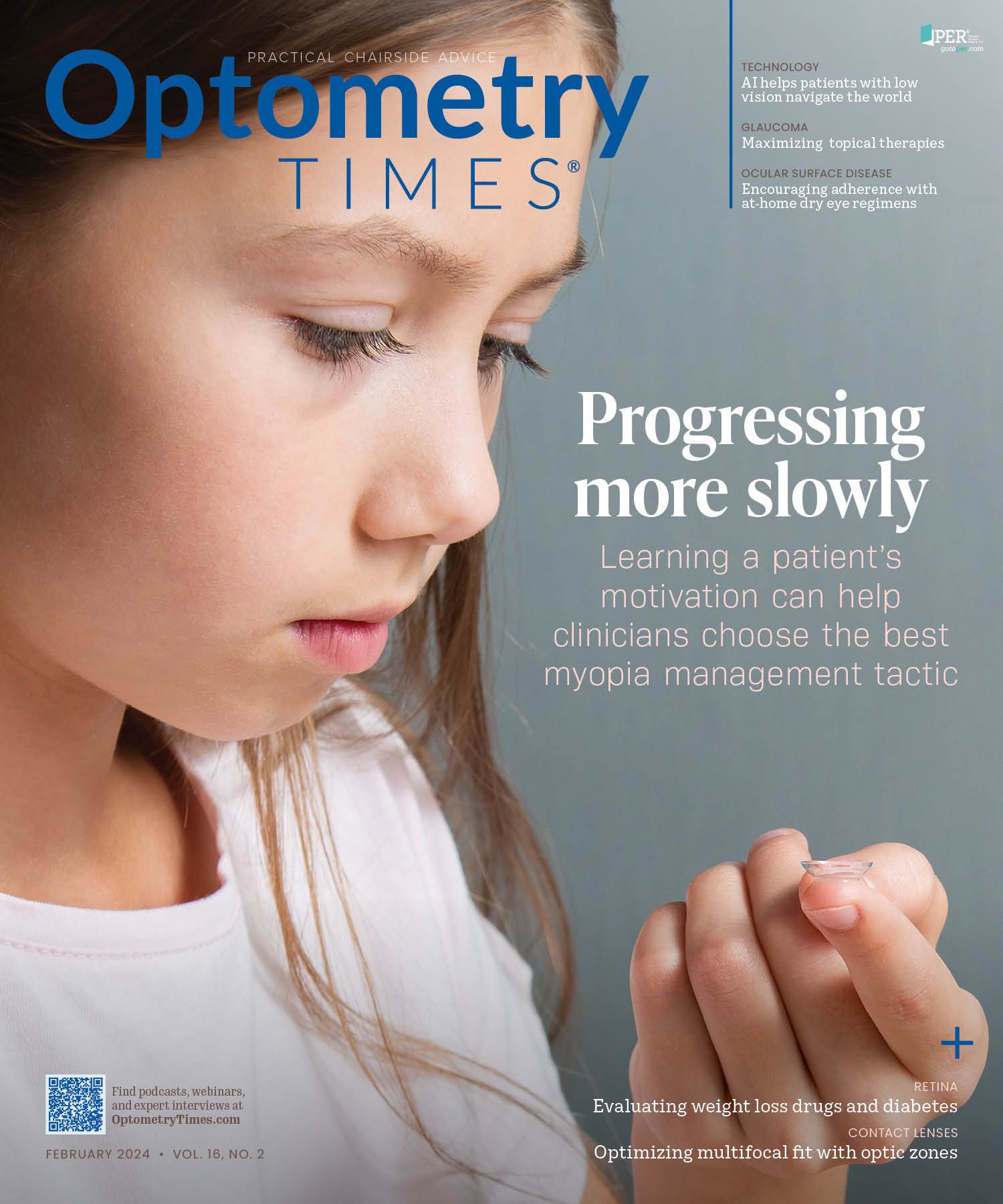IKA Keratoconus Symposium: Traversing new ground
Second annual meeting builds upon firm foundation to enhance education.
Image Credit: AdobeStock/GennadyDanilkin

The International Keratoconus Academy (IKA) was organized around a mission, and the IKA Keratoconus Symposium is a means to that end. President and Medical Director S. Barry Eiden, OD, FAAO, serves as cochair of the IKA Keratoconus Symposium alongside Andrew S. Morgenstern, OD, FAAO; and Elizabeth Yeu, MD. Together, they strive to promote professional education and scientific development in keratoconus (KC), bringing the disease front and center for eye care providers (ECPs) around the globe.
“IKA has grown to over 1300 members worldwide by the end of 2023. We are so excited about the publication of our pediatric keratoconus prevalence study coming out in Eye and Contact Lens journal in Q1 of 2024,” Eiden said. “We are now working on the next paper that will look at KC prevalence based on biomechanical abnormalities and compare them to corneal tomographic data that [were] shared in the paper published this year.”
The 2nd Annual IKA Keratoconus Symposium will meet in Bethesda, Maryland, on May 18 and 19, 2024. The cochairs have expressed enthusiasm. “IKA is dedicated to disseminating the most current information regarding KC management in a multitude of communication formats [in person, virtual, social media, etc],” Eiden continued. “For those with interest in keratoconus, membership in IKA is complimentary thanks to the ongoing support of our industry partners. The IKA Keratoconus Symposium in May 2024 will be fantastic, and we hope many of our peers will join us in person or virtually.”
IKA continues its mission to educate ECPs on scientific developments in keratoconus. Eiden particularly called out exciting strides made in corneal cross-linking, corneal tissue addition surgical procedures, and new developments in contact lens technology.
“We keep talking about the high prevalence of keratoconus, especially in the pediatric population, and combining that with our development of treatment modalities that can halt disease progression,” Eiden said. “We can now do something about the natural history of the disease and preserve patients’ vision and quality of life. Early diagnosis and treatment are key.”
The gathering gives the members of IKA an opportunity to share research and collaborate with fellow clinicians. The IKA Keratoconus Symposium is not only an educational experience but a collaborative one, where attendees are encouraged to discuss cases, compare notes, and engage with one another on new data.
“We are so excited about the second annual IKA Keratoconus Symposium being held in May in Bethesda, MD,” Eiden concluded. “Once again, leaders and world experts in both optometry and ophthalmology will be sharing the most current information about the diagnosis and management of keratoconus.”

Newsletter
Want more insights like this? Subscribe to Optometry Times and get clinical pearls and practice tips delivered straight to your inbox.